I love the arrival of fall—the leaves burnishing yellow, the honk of swans flying south from a stop at the nearby pond, cranes last week so close overhead they were as loud as a small plane. The feel of sunlight at a slant, the first coolness in the air. It all feels so noticeable. And kind of glorious.
Maybe why it’s so thrilling is that the changing lands are a reminder of both kairos and chronos time, no matter how much we’re taught to ignore the humming of the earth’s turn, or to measure each minute. It’s the feeling of something eternal at the same time that it’s changing swiftly each day. The shift into fall ties us to both the living and the dead—neighbors are out in parallel work, busy raking leaves and insulating hoses; and the dead once experienced this same turn towards winter, knew the same slanted light and noticed the first time their breath became visible in the chill of a cool morning.
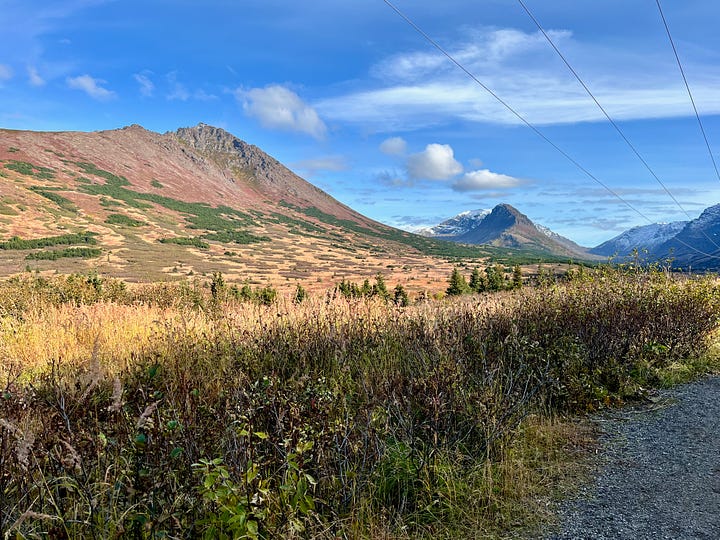
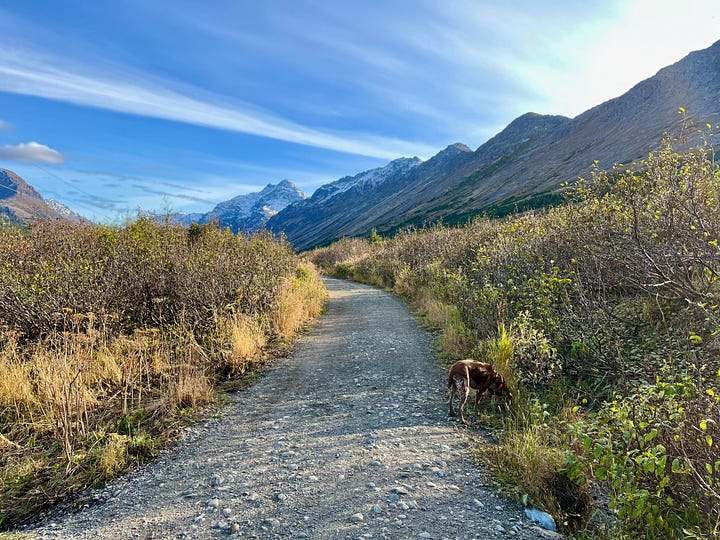
As I write this, there is a full moon rising between the trees—familiar, and yet I realized I hadn’t seen it in months of summer light. Seeing it again feels like a long absent friend’s return, a kind of revenant.
In Anglo-Saxon times, the first full moon after equinox marked the first month of winter, where the month roughly matching October was known as winterfylleð—made up of ‘winter’ and ‘full moon.’ Eleanor Parker writes:
This moon brings with it wynter wage, meaning the first ‘pledge of winter.’ We might think of that as the first chill in the air in an October dusk, or the first time it seems to be getting dark too early, or the first breath of mist in the morning—anything which says that summer is gone and the dark half of the year is coming.1
A wynter wage, the return of the dark, the moon. To be reminded of my breath made visible in cool air. The joy in seeing leaves shift from green to yellow to red—earthly northern lights filling up the skies in contrast with new snow that lines the mountains. All is a pledge of what is to come—but not yet. For right now, it’s time to harvest and enjoy the lingering warmth and color for just a bit longer as the leaves and tundra blaze bright.
George Mackay Brown, in An Orkney Tapestry, hints at this idea of a winter pledge, when he wrote about how the midwinter light aligns with the inner chamber of Maeshowe, a prehistoric tomb on Orkney. Brown writes of that light:
It is a pledge that, after the long night of winter and death, the earth, with all its freight of seed and root and jewelled bones, will proceed to resurrection and the springtime.2
The slanted autumn light is part of that pledge—a promise that while the sun is rising to lesser heights above the horizon, it will still, eventually, bring a resurrection light. So we can say goodbye to the strength of the summer light and heat, and welcome the arrival of a time for rest and cold—to know warmth not from the sun, but from a fire, a sweater, a coat. In fact, in Anglo-Saxon, the word for warm doesn’t reference the sun, but the hearth.
I love the fall because it feels so unignorable here, shaking complacency from our bodies after summer months that are more consistent, even. As fall arrives, the change becomes a presence you can feel, hear, touch, smell: the waning daylight, longer darkness; leaves change color in the space of a few days; birds fly, return from the north only to leave within days, as they begin their travels south; an extra layer is needed before heading outdoors; the first smell of woodsmoke in the air. There are berries to gather if you’re lucky, moose and caribou if luckier. Friends return from summer outings and fieldwork, and people start to gather again in one another’s homes. It’s harvest—moving in parallel with a world moving towards winter. A time that begins to feel more rooted.
Maybe fall feels unignorable because the landscape moves out of the background—from where the Western world insists it resides. The landscape, in all its changes, calls to pay attention, to also change, to notice. Landscape, meaning the state or condition of the land. -Scape and -ship are related etymologically—the ending is said to create ‘concretes from abstracts’—‘friend/friendship,’ for instance. Land/landscape—in the fall the land becomes landscape, concrete, unignorable. It reminds of all that can be missed in a narrow—or abstract—field of view.
Perhaps that shift from abstract to concrete is part of what it means in Celtic folklore that ‘the veil between the worlds grows thin’ at Samhain/Halloween.’ Visible and invisible, background and foreground become thin as we gather, make ready. It’s when the borders between our bodies and the world also become thin—when we need more to keep warm, something more between our skin and the cold air. Fallen leaves come into the house on dog feet, windows glow yellow from the color of the leaves reflecting a new light into the house. The veil between inside and outside thins—a sense that the viewer and the view merge.
It’s another day now, and the birch outside my window has turned fully golden, keeping me company as I write. A glance at my dictionary of symbols tells me that birches are connected with the moon, and at times both the moon and sun—that they are dual-natured:
both father and mother, male and female. The birch plays a protective role, or rather it is the means by which heavenly influences ‘come down.’ Hence the notion of duality…The birch symbolizes the path by which energy comes down from Heaven and human aspirations rise up in return.
There’s also a connection in Celtic lore of
covering the bodies of the slain with birch branches…the birch works the changes which prepare the dead for their new lives.3
I like to think of that as the birches lose their leaves, more rapidly now—of their presence as a protection, an offering of sorts. Roots hidden below, branches reaching into the sky, aspirations from the earth rising upwards, and back. Protecting and preparing the dead for their new lives. In a way, that’s what the leaves do when they fall to earth—protect and prepare the ground for the new life to come in spring, a conversation between earth and sky.
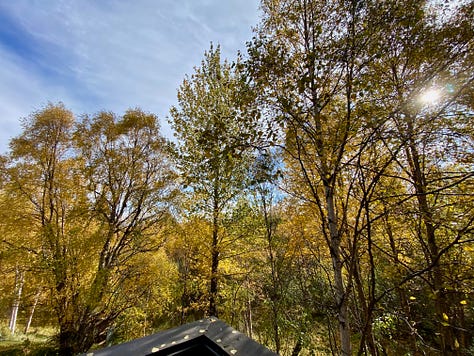
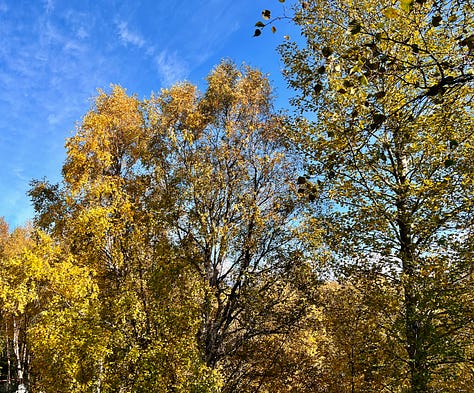
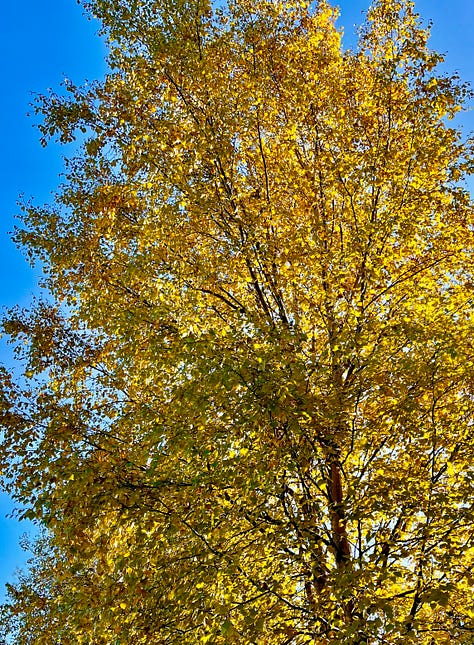
I love to think that fall is a time of exchange—a type of haunting—a holding of both leaving and arriving at the same time. Timothy Morton writes of this kind of feeling less as melancholy, but as a kind of sadness without object:
‘Sadness’ here is happiness without a concept…we aren’t talking about melancholia, which is the trace of lost objects. Sadness is precisely without objectification, a spectral floating pleasure that cannot attach to an object because it is incapable of reification. It haunts me to the extent that it isn’t cooked up by my ego, yet it is happening in my experiential space. It is part of me, yet it isn’t. Sadness is beauty in all its spectral strangeness.4
Fall’s sense of depart/arrive, grief/joy is, like the birch, nondual—an exchange rather than a landing on one certain point. Fall is a part of me and yet it isn’t, beauty in all its spectral strangeness. It’s death but also the anticipation of life. It’s a sense of the sweetbitter that Sappho associated with eros—that sense that we can’t know joy without grief, possession without lack, fall without winter, spring, summer. At fall we’re poised with the landscape at the sweetbitter fulcrum of the year. At fall there is so much to notice—and not the least of which is the recognition that we too are of the earth. And there is possibility in that. Elvia Wilk, in her book Death by Landscape, writes:
Becoming plant, one would think, is to become less than human, to relinquish agency, to immobilize oneself, to stop moving forward. But moving forward hasn’t worked. Emerging from and acting upon the landscape hasn’t worked. Instead, rooting oneself and learning to become part of the landscape could be seen as a ferocious claim to life.5
I love that ferocious claim to life in being rooted, to diffuse the distinction between worlds, borders.
The turn towards fall is an invitation—to pay attention to the fire of the leaves as they fall, to store up for winter in order to see another spring. To be rooted, to be a part of and interact with the living and the dead, the landscape as it shifts—in defiance of a world that would rather keep it all, and so many others, in the background.






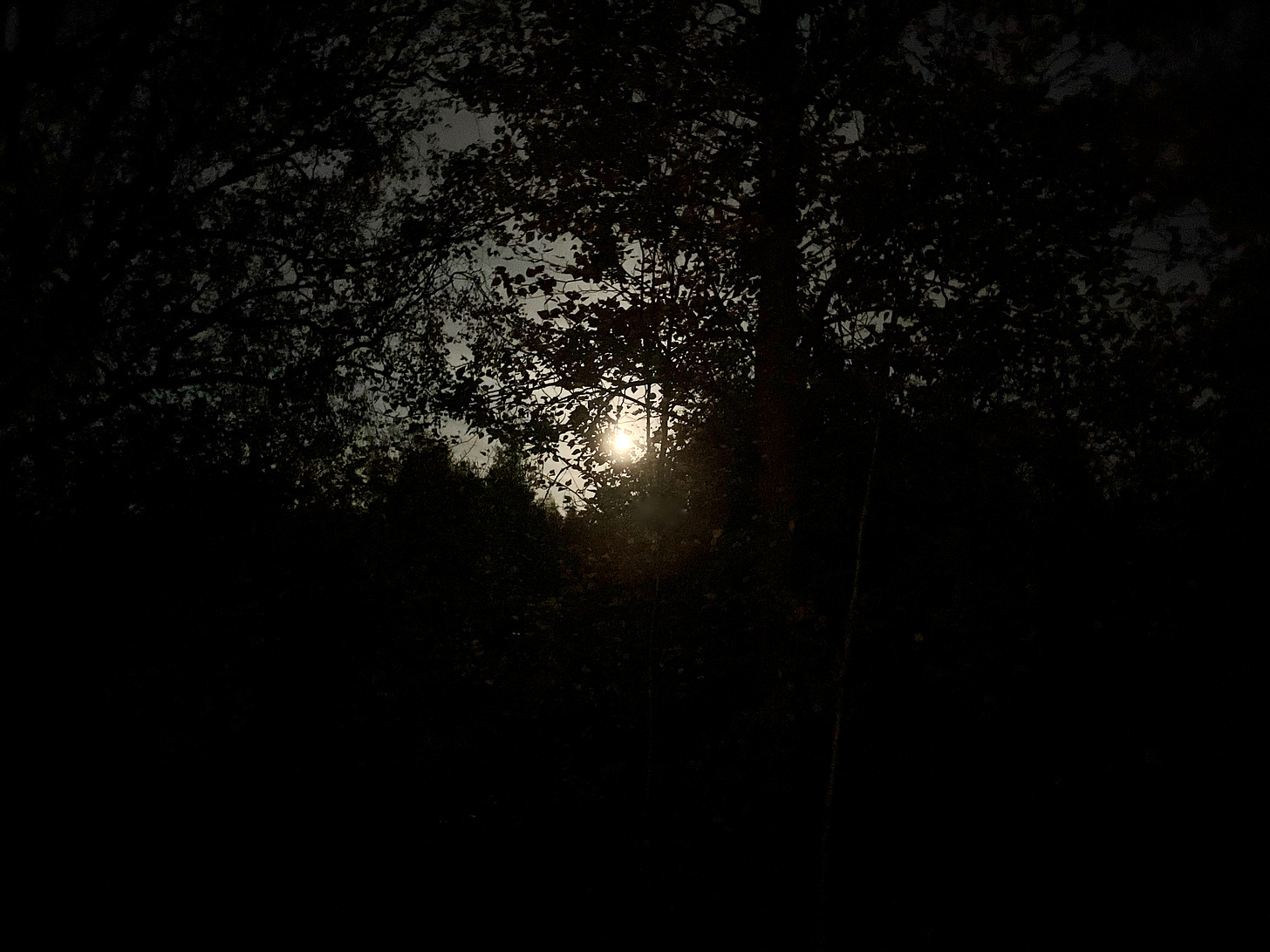

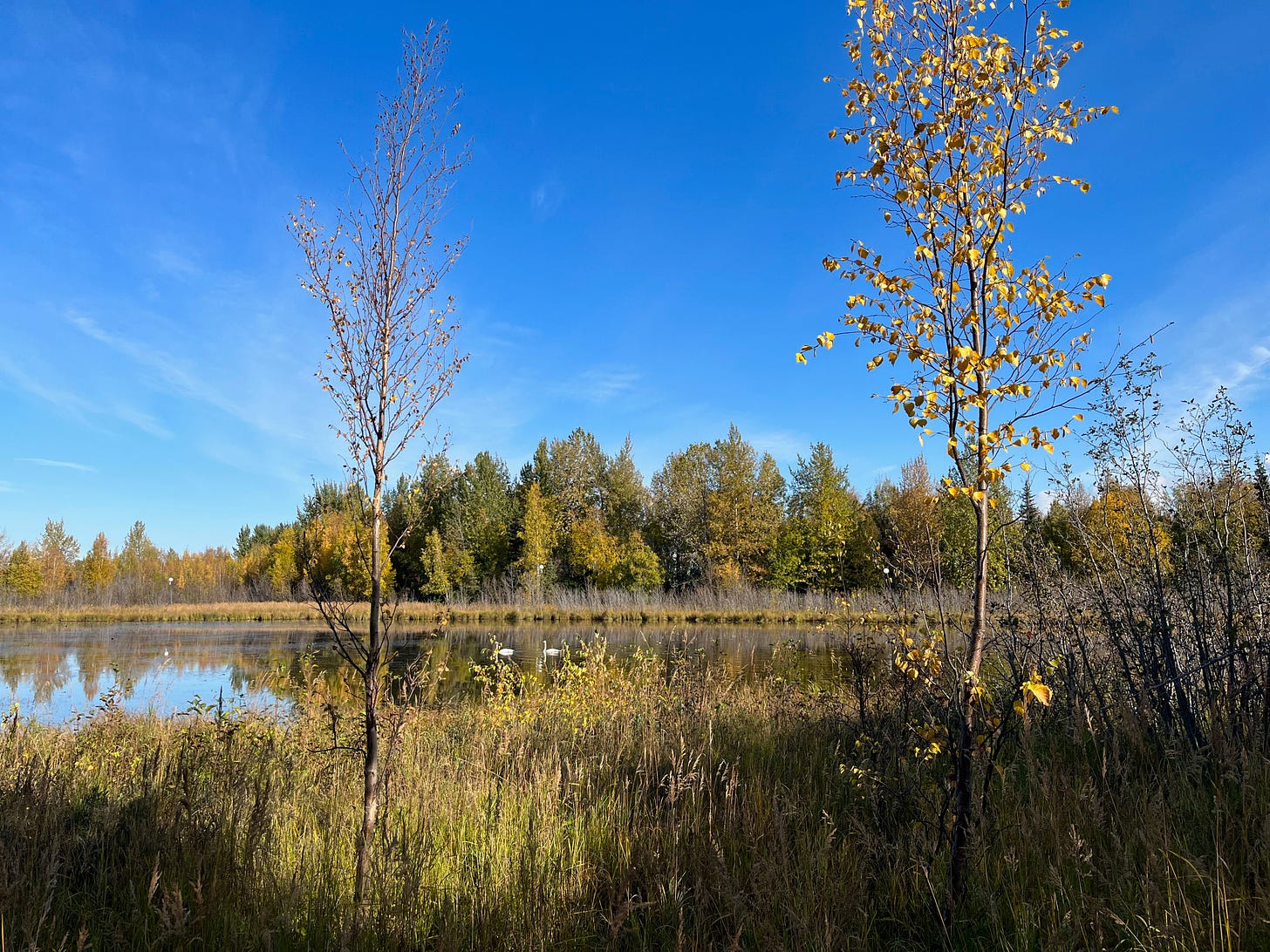



Beautiful. Thank you.
Beautiful meditation Freya. Have you read Susan Cain’s Bittersweet? It is all about that duality. A good autumn read, perhaps?